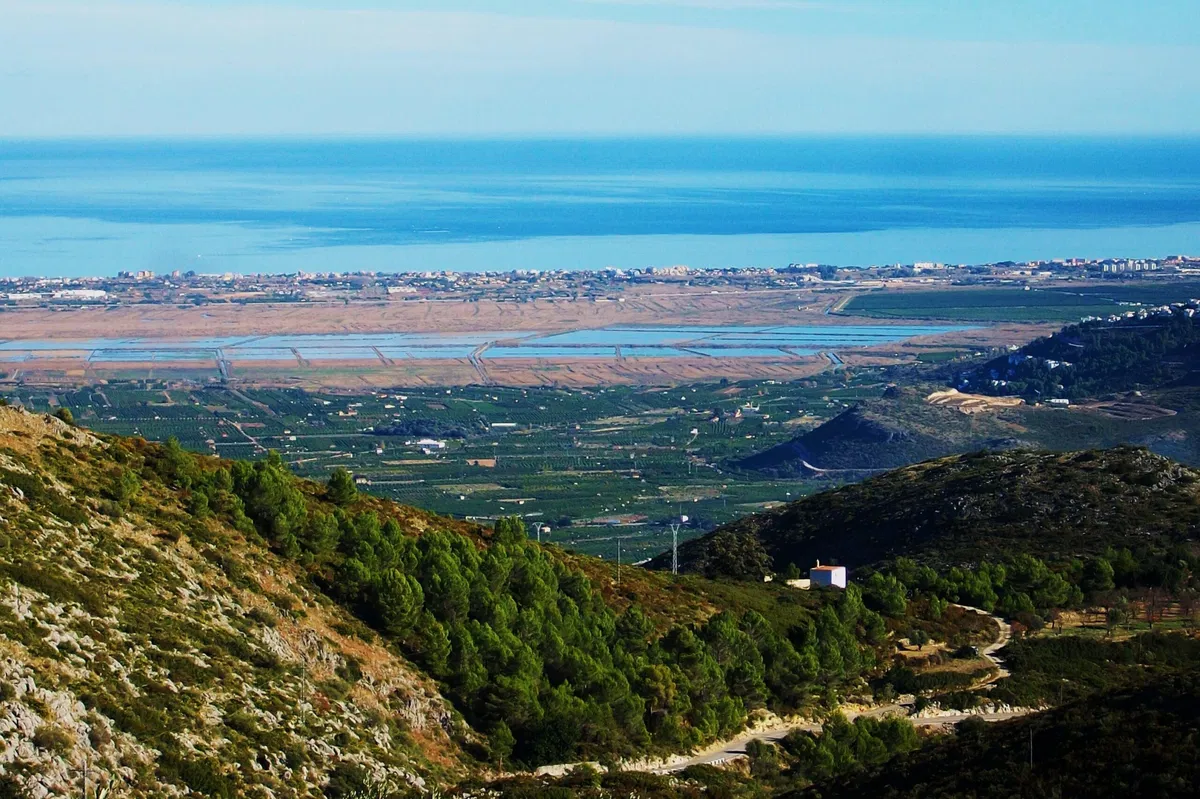Copyright euroweeklynews

Every Friday morning, visitors to Pego have the chance to experience the town from a completely new perspective. Through a dynamic guided route titled Discover Pego in a Different Way: Legends, Miracles and Other Curiosities, participants can explore the history, urban design and distinctive character of this picturesque inland destination. The tour, which begins at 10.30am every Friday until February 2026, leads participants through the narrow streets of the old walled town. Along the way, games and activities bring local history to life, making the experience as entertaining as it is informative. The route is conducted in both Valencian and Spanish by Françoise Crespo, a trainee from the CREAMA Employment Workshop, who offers visitors a unique and engaging introduction to Pego’s past and present. The initiative is organised by Pego and Les Valls Tourist Info, under the Department of Tourism, in collaboration with CREAMA, and supported by SEPE and Labora. A valley steeped in history and natural beauty The Pego Valley, shared by the municipalities of Pego and Adsubia, lies in the northern part of the Marina Alta region, bordering the province of Valencia. Surrounded by mountains and opening towards the east into a natural lagoon and wetland, the valley forms a harmonious blend of land, water and culture. For centuries, the region’s economy has revolved around irrigated agriculture, particularly citrus and rice cultivation. The area’s marshlands, known as la marjal, have long been central to local life. By 1912, rice fields covered 452 hectares, growing to a peak of 900 hectares in 1945. This was the golden age of Pego’s rice production, a legacy still visible today in the Marjal de Pego-Oliva Natural Park, where nature and agriculture coexist. In a curious twist of history, the area almost became the site of EuroDisney in the late 1980s, before the project was relocated to Paris. Today, Pego’s 10,600 residents enjoy a peaceful, authentic lifestyle surrounded by cultural heritage and Mediterranean charm. A walk through Pego’s historic heart Pego’s Old Town preserves traces of its medieval Christian walls, once reinforced by 16 towers. Though largely destroyed after the War of Succession, fragments of the original structure remain. One of the best-preserved sections is the Portal de Sala in Calle San Agustín, where visitors can still see part of the adjoining square tower that once guarded the entrance. Perched above the town are the ruins of the Castle of Ambra, an early 13th-century Islamic fortress that once provided refuge for rural communities. The castle played a role during the Mudéjar uprisings led by Al-Azraq, before eventually falling under Christian control. From its hilltop position, 264 metres above sea level, it offers panoramic views over the valley. Other fortifications once stood in the area — the Castles of Favara and Benumea — though only traces of their foundations survive Archaeological remains across the municipality reveal that Pego has been inhabited since prehistoric times. Neolithic pottery fragments have been discovered in Ambra, Muntañeta Verde and Bullentó, while caves such as Cueva del Asno, Cueva del Chical, and Cueva Negra show signs of early human settlement. The Llano site, dating from the Bronze Age (4000–2000 BC), once housed a fortified community of hunters and fishermen. Architecture, faith and culture Visitors can admire several fine examples of civil and religious architecture, including the Town Hall, the Casa de Cultura (formerly Casa de Sala), and the charming Font dels Quatre Xorros. Among its religious monuments, the Archpriest Church of the Assumption of Our Lady stands out. Built in the 16th century on the site of a former mosque, it preserves notable works of art from the 14th and 15th centuries. The Chapel of the Ecce Homo, with its octagonal plan and blue-tiled dome, is another architectural gem. Smaller hermitages, such as San Miguel, San Antonio, and San Sebastián, reflect centuries of devotion and cultural layering. Art lovers can visit the Contemporary Art Museum, opened in 1991 and featuring award-winning works from Pego’s annual local art competition, as well as the Ethnological Museum, dedicated to the traditional rice-growing culture of the marjal. Nature and serenity in Pego No visit would be complete without exploring the Marjal de Pego-Oliva Natural Park, a protected wetland that stretches between the rivers Gallinera and Girona. Its freshwater springs, canals and rice fields create a unique habitat for birds and wildlife — a peaceful haven for walkers, photographers and nature enthusiasts alike. To join the Friday tour, advance booking is required. The route will only run with a minimum of five participants. For more information or to reserve a place, contact Tourist Info Pego i Les Valls on 699 762 815. This guided experience offers not just a tour, but a vivid encounter with the stories, landscapes and spirit of Pego — a town where history, legend and nature intertwine beautifully.



